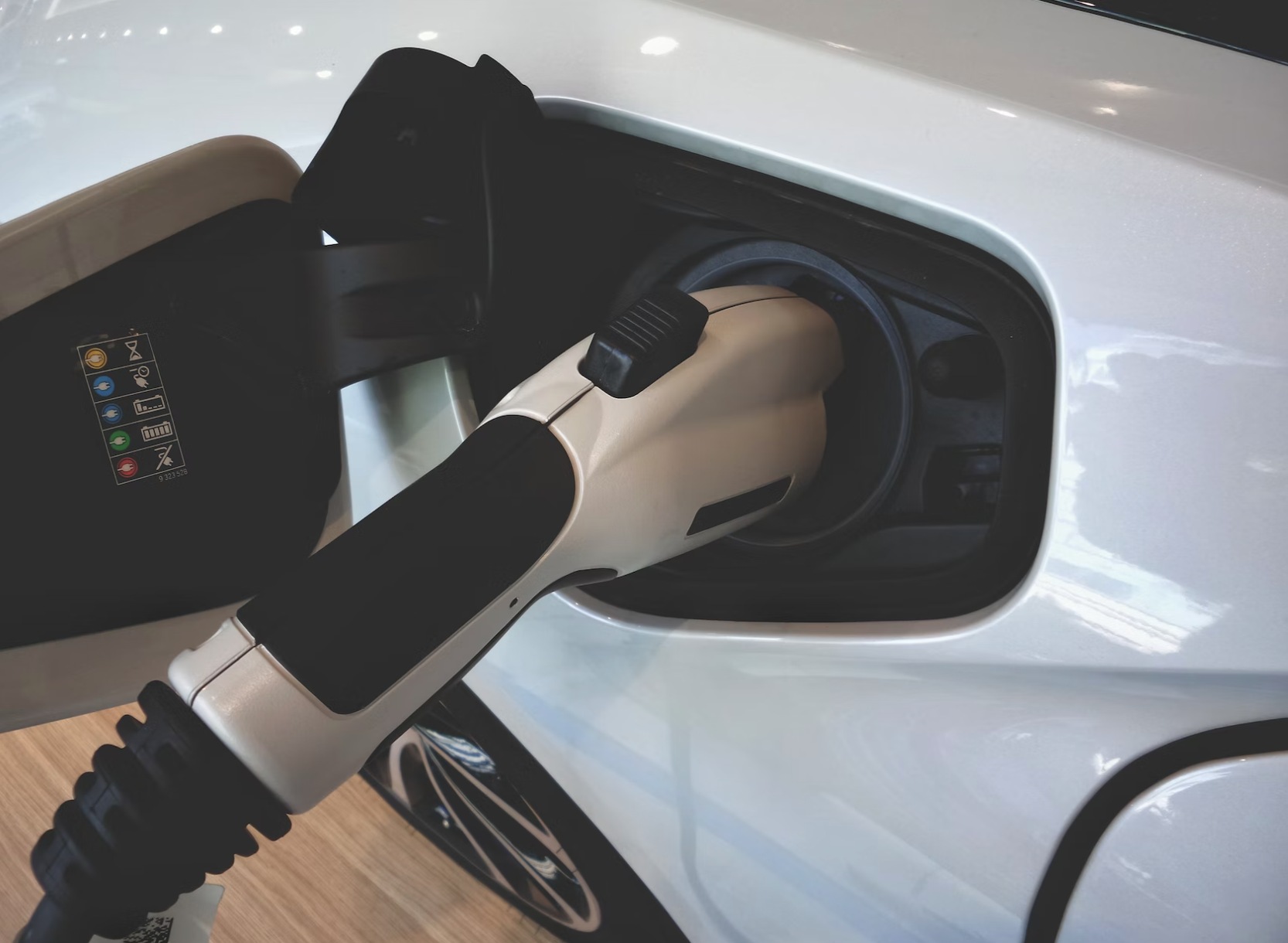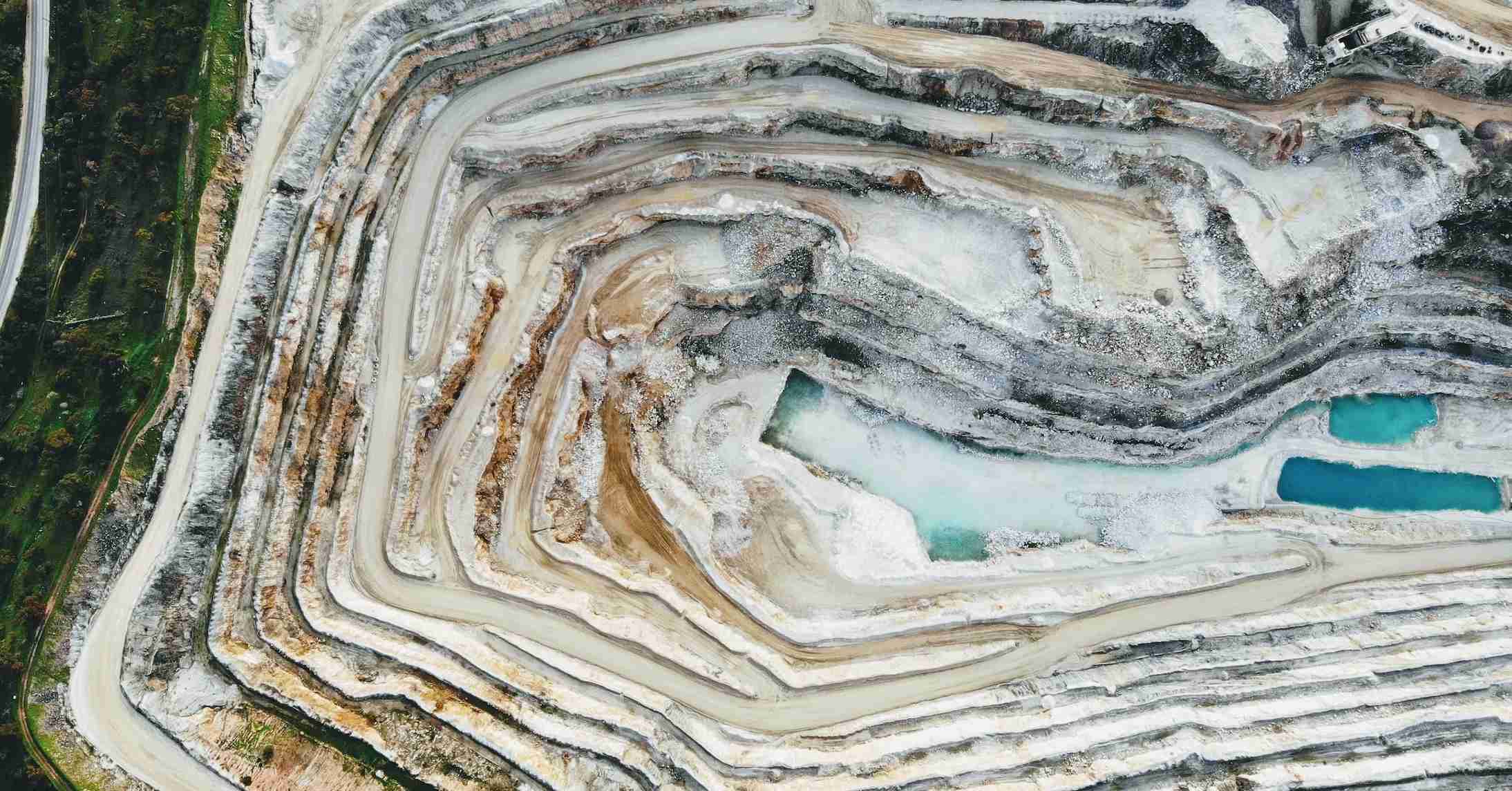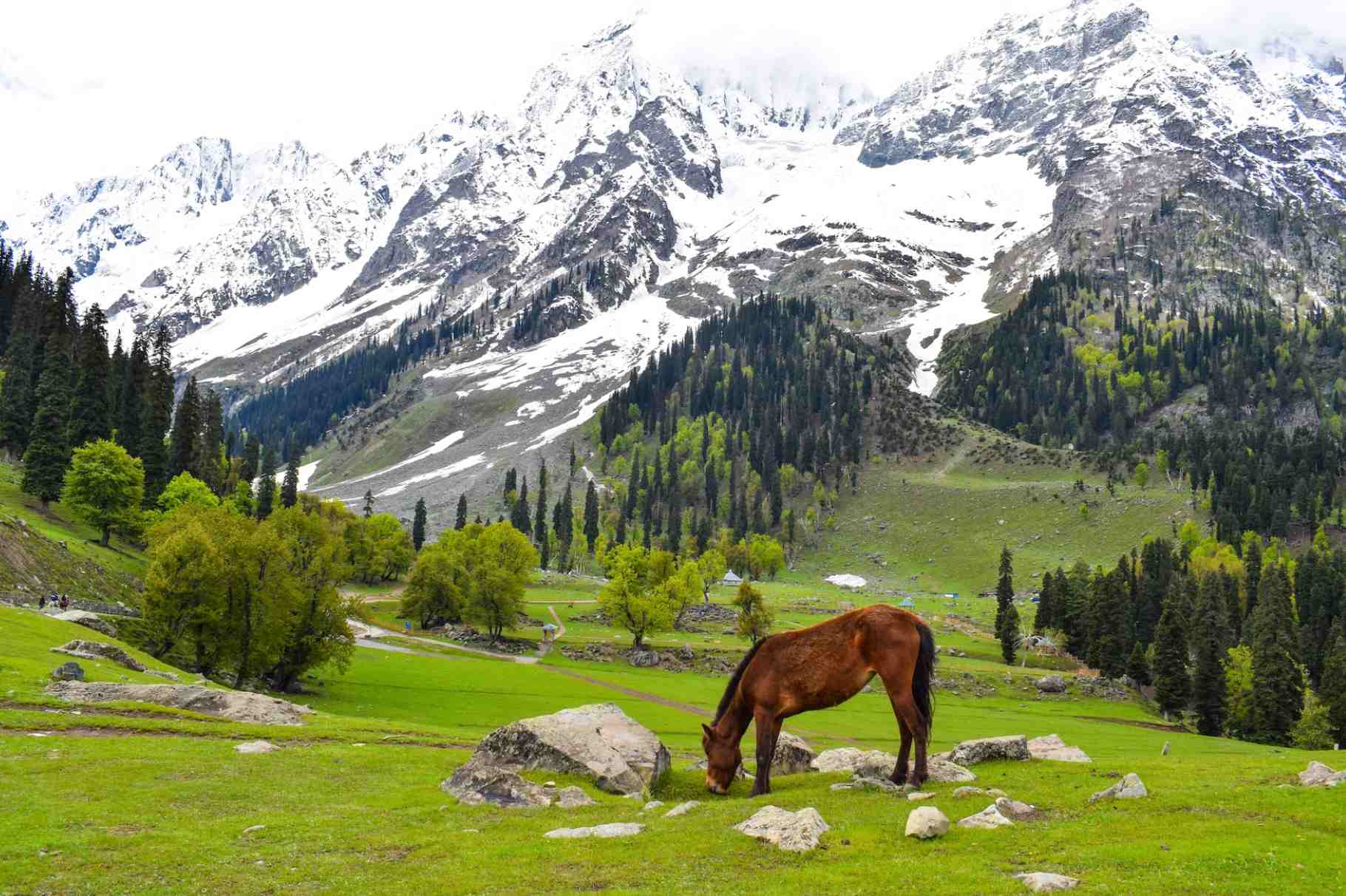Exploring Sustainable Solutions for Lithium Mining in Jammu and Kashmir
The Geological Survey of India recently discovered "5.9 million tonnes inferred resources of lithium" in the Salal-Haimana area of Reasi district, Jammu & Kashmir. This discovery is a potential game-changer in India's push towards a green economy, reducing the country's dependence on lithium imports. Currently, India imports all of its Li from Australia and Argentina and 70% of its Li-ion cell requirements from China and Hong Kong. However, the discovery of lithium reserves in J&K could boost India's domestic battery-manufacturing industry, helping the country move ahead of China regarding its Li stockpile. This discovery will also help India reach its National Mission on Transformative Mobility and Battery Storage target of 30% EV penetration in private cars, 70% for commercial vehicles, and 80% for two and three-wheelers by 2030 for the automobile industry.

However, there are geostrategic concerns with regard to critical mineral dependencies in the transition to net-zero carbon energy systems. China currently controls 77% of the global lithium-ion battery manufacturing capacity and is home to six of the world's 10 manufacturing companies. As a result, the E.U., the U.S., Canada, India, and other major economies are looking to leverage alternative supplies that can challenge China's geopolitical dominance in this area. The growing geopolitical rivalry with China makes India's security considerations more immediate. To reduce dependence on China, the Indian government and industry are pushing for a 'Rare Earths Mission' to exploit the country's critical mineral reserves.

The applications of Li in renewable energy infrastructure often obscure its significant environmental consequences, which vary according to the source. Extracting Li from hard rock mines, similar to what has already been proposed in J&K, entails open-pit-mining followed by roasting the ore using fossil fuels. Industry estimates suggest that this process consumes 170 cubic metres of water and releases 15 tonnes of CO2 for every tonne of Li extracted. Open-pit-mining, refining, and waste disposal from these processes substantially degrade the environment, including depleting and contaminating waterways and groundwater, diminishing biodiversity, and releasing considerable air pollution.

In the densely populated context of India, the socio-environmental effects of mining are likely to be far worse than they have been in Australia and likely comparable to lithium extraction in South America. As India embarks on this new journey, it could learn from the experiences of South American countries, especially the 'lithium triangle' where lithium mining has had severe environmental impacts. If the local populace isn't meaningfully engaged in the impending Li extraction project, the resulting tension could introduce new frontiers of socio-environmental conflict.
There are several potential solutions to the potential threats of lithium mining in Jammu and Kashmir. Here are some possible options:
Sustainable mining practices: One solution is to adopt sustainable mining practices that minimize the environmental impact of mining activities. This includes using eco-friendly technologies and practices, such as water recycling, energy-efficient processes, and waste management.
Regulation and enforcement: Another solution is to strengthen regulatory frameworks to ensure that mining companies comply with environmental standards and regulations. This includes enforcing strict penalties for non-compliance, as well as promoting transparency and accountability.
Alternative sources of lithium: Finding alternative sources of lithium could help reduce the demand for mining in ecologically sensitive areas. For example, recycling lithium from used batteries or exploring other mineral deposits could help reduce the need for new mining operations.
Community engagement: Engaging local communities and indigenous peoples in decision-making processes related to mining can help ensure that their interests and concerns are taken into account. This can involve measures such as providing compensation for land use, creating employment opportunities for local residents, and consulting with community members on environmental impact assessments.
Investment in green energy technology: Promoting the development of green energy technologies, such as wind and solar power, could reduce the demand for lithium altogether. This would help minimize the impact of mining on the environment while still meeting the growing demand for clean energy.
Overall, a combination of these solutions may be needed to effectively address the potential threats of lithium mining in Jammu and Kashmir.
Disclaimer: Sneakout claims no credit for images featured on our blog site unless otherwise noted. All visual content is copyrighted to its respectful owners.



























































































































































































































































